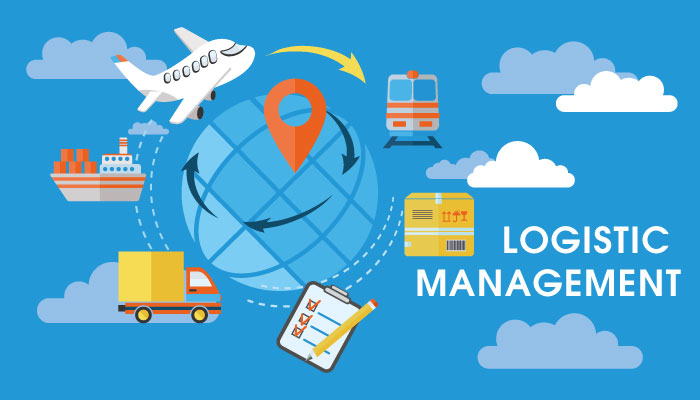Logistics management, to simply understand is the process of planning, implementing and controlling the efficient flow of raw materials. It is also known as supply chain management.
Now, What are the raw materials?
Raw materials in the Logistics means supplies, freight, equipment and electricity, and indirect costs of such raw materials and logistics services, including packaging, uniforms and pallets, in the case of any of the foregoing, required by or used in connection with the business of either or both of MSC and MPM.
Along with the flow of raw materials, the logistics management process also includes control of work- in- progress and finished goods along with related information from point of origin to point of consumption; with a view to provide satisfaction to the respective customer. The concept is heavily based on a total system of the view consisting of a multitude of functions.
Logistics management involves numerous elements, including:
-
Selecting appropriate vendors with the ability to provide transportation facilities
-
Choosing the most effective routes for transportation
-
Discovering the most competent delivery method
-
Using software and IT resources to proficiently handle related processes
Why is it necessary to choose effective logistics management?
Poor logistics planning gradually increases expenses, and issues may arise from the implementation of ineffective logistics software, hence it is important to focus and invest on effective logistics management. Most of these problems occur due to improper decisions related to outsourcing, such as selecting the wrong vendor or carrying out delivery tasks without sufficient resources.
Logistics management in business works across all industries. Its aim is to manage the fruition of project life cycles, supply chains and resultant efficiencies. As businesses grow more complex and expand into a global marketplace, business logisticians have evolved into something called supply chain logisticians.
With logistics management in business the focus is twofold: inbound logistics for internal functions and outbound logistics for the external flow from the point of origin to the point of consumption. Logisticians focus on inventory management, purchasing, transportation, warehousing, consultation and the organization and mapping of these processes.
There are Different Types of Logistics Management
There are four main types of logistics management, each emphasizing a different aspect of the supply process.
1. Supply Management and Logistics
This involves the planning, procuring and coordinating materials which are needed at a certain time at a particular place for the production of a task. This includes transportation of the materials as well as a place to store them. Additionally, evaluating the level of supply at the different stages of the process is required to make sure the needs of the customer are met, for example delivering materials to a construction site or parts for a manufacturing plant.
2. Distribution and Material Movement
This takes stored materials and transports them to where they need to go. The issues in this involves moving materials; including loading, unloading and transportation, as well as keeping track of the stock and how it is used. This type of management controls the movement of supplies from a central warehouse to the stores that sell the product to the public.
3. Production Logistics and Management
This manages the stages of combining distributed supplies into a product, such as coordinating what is needed to make or put together something. This involves the staging of materials at the right time to work with the building of a product. This type of logistics management falls in the realm of product management.
4. Reverse Logistics and Product Return
This is about the management of reclaiming materials and supplies from production. For example, on a construction site it involves the removal of excess material and returning those materials to one’s stock. It can also refer to the return of unwanted or unused products from the end customer seeking a refund.
